1. Back to the Beginning: Zeus and a Footrace

It’s amazing to think that the very first whispers of the Olympics date all the way back to 776 B.C., starting not as a global sporting event but as a humble, religious festival. Picture it: ancient Greece, with the Games held every four years in Olympia to honor the chief god, Zeus. Initially, the main event wasn’t a dazzling array of sports but a simple footrace, setting a sacred tradition that would last for over a millennium. These ancient competitions weren’t just about athletic skill; they were a cornerstone of Greek identity and culture, a time when warring states would declare a truce to allow safe passage for athletes and spectators. When the Roman emperor Theodosius I banned them in 39{ A.D.} as part of a move against paganism, a massive piece of history seemed to vanish. Then, over 1,500 years later, the revival in Athens in 1896 beautifully blended these ancient rituals, like the opening parade and the four-year cycle, with modern sports, creating the global spectacle we cherish today.
2. Tug-of-War Was an Olympic Sport
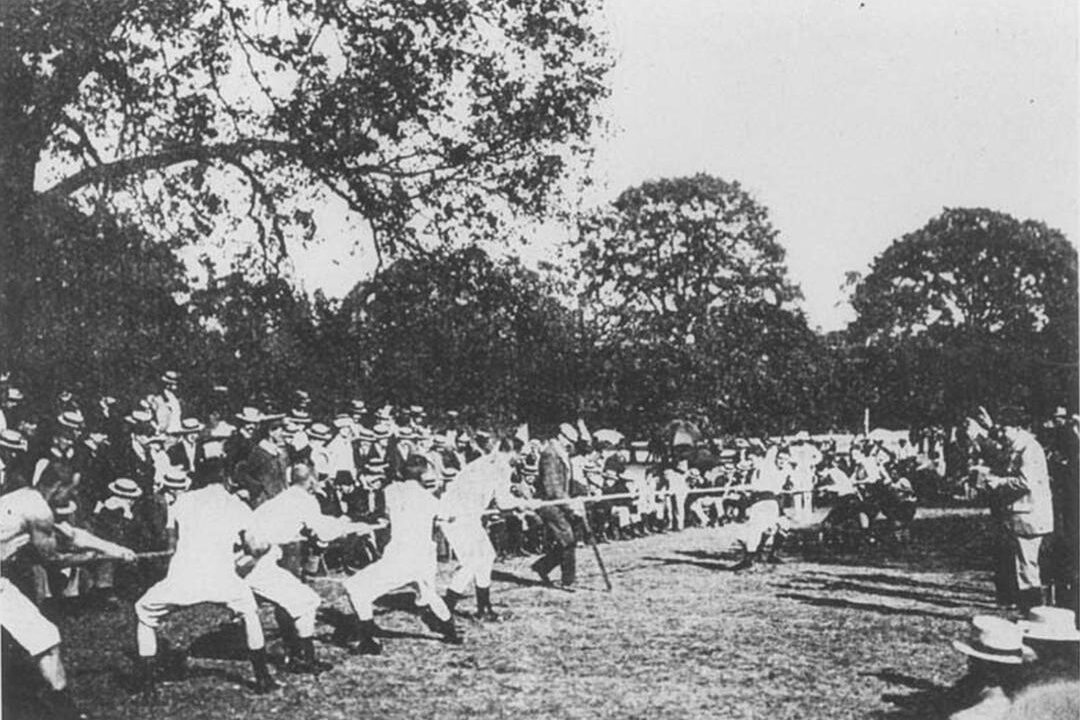
Can you even imagine? That childhood game of dragging a thick rope across the dirt used to be serious Olympic business, complete with gold medals! From the 1900 Paris Games up to the 1920 Antwerp Games, tug-of-war was an official medal event. Teams of eight competitors would square off, all focused on the simple, brutal task of dragging the other team six feet across a line. Expert observers at the time noted that these weren’t just random teams; the athletes trained intensely, using special techniques and strength strategies, making it a surprisingly fierce and strategic competition that drew massive, roaring crowds. Though it seems utterly silly in contrast to the high-tech sports of today, the individuals who competed considered it a great honor to represent their country and wore those medals with genuine national pride. While it’s long gone from the program, this little historical footnote is a fun reminder of just how much the Olympic program has evolved over the centuries, proving that the Games have never been afraid to try something completely new, or old!
3. The Youngest Olympic Medalist Was Ten
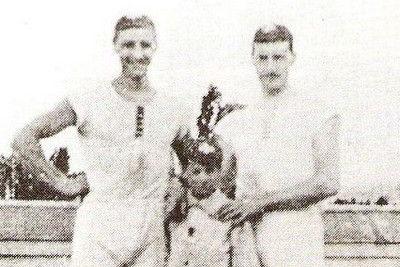
Just try to wrap your head around a 10-year-old on the Olympic podium, it actually happened! That remarkable honor belongs to Dimitrios Loundras, a Greek gymnast who, in the very first modern Games in 1896, won a bronze medal in the team parallel bars event. He was a mere 10 years and 218 days old at the time, an age that is genuinely mind-blowing when you consider the global pressure of the event. While today’s International Olympic Committee (IOC) enforces minimum age requirements that prevent such young athletes from competing (mostly for their health and protection), Loundras’s achievement stands as a powerful testament to the truly unpredictable and slightly chaotic nature of those early modern Olympics. Though we still see incredible teenage prodigies in sports like gymnastics and diving, athletes who dazzle the world before they can legally drive a car, Dimitrios Loundras’s record remains firmly etched in history, a sweet, slightly wild memory from the dawn of the modern Games.
4. The Oldest Medalist Was 72
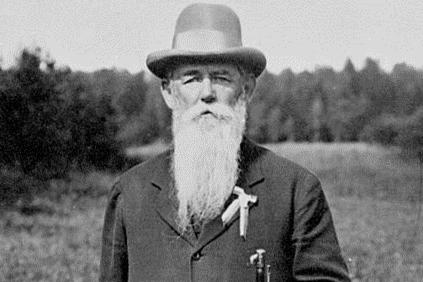
Speaking of ages, let’s flip the script completely! While most Olympic spotlights shine brightly on youthful energy and peak physical prowess, there’s an incredible exception in the form of Oscar Swahn, a Swedish shooter who redefined what it means to be an elite competitor. Swahn etched his name in the record books by winning a silver medal at the 1920 Antwerp Games when he was an astonishing 72 years old, making him the oldest Olympic medalist of all time. His career was a marathon in itself; he had previously competed and medaled at 60 and 64, proving that certain sports, like shooting and archery, which demand intense focus, precision, and an almost zen-like calmness, don’t necessarily favor youth over experience. Experts often point out that this mental maturity and steady hand allow athletes to stretch their competitive careers well into their senior years. Swahn’s unparalleled longevity and enduring success remain a beautiful reminder that the drive for excellence and the thrill of competition truly have no age limit.
5. Marathons Weren’t Always 26.2 Miles
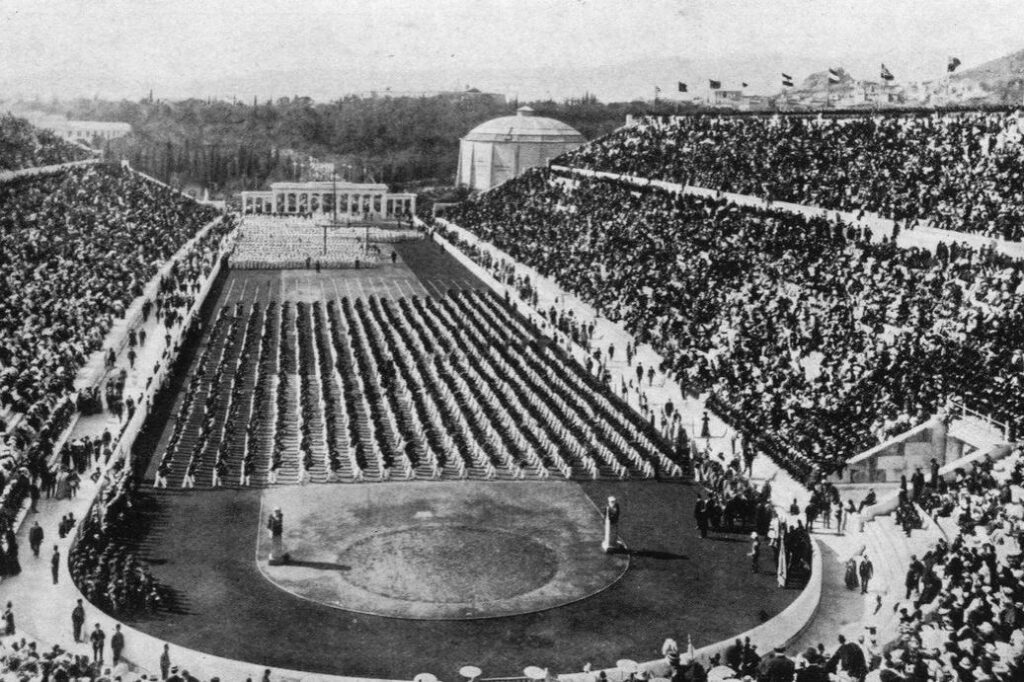
That iconic distance we all instantly associate with the marathon, the grueling 26.2 miles, didn’t start out that way at all. When the modern marathon debuted at the 1896 Athens Games, it was a slightly shorter miles, based on the historical legend of the Greek messenger Pheidippides. The standardized distance we know today is actually the result of a quirky, almost accidental moment of royal convenience at the 1908 London Games. Queen Alexandra specifically requested that the race begin directly beneath the windows of Windsor Castle, allowing the Royal children to watch the start, and that it finish right in front of the royal box at the stadium. This specific, royally mandated route necessitated adding a couple of miles to the course, bumping the total up to the now-standard 26 miles and 385 yards (42.195 kilometers). Instead of reverting in the next games, this new measurement became the official global standard for all future marathons, a quirky, very British tradition born out of a simple request from the palace!
6. Phelps’s Medals Outrank Most Countries
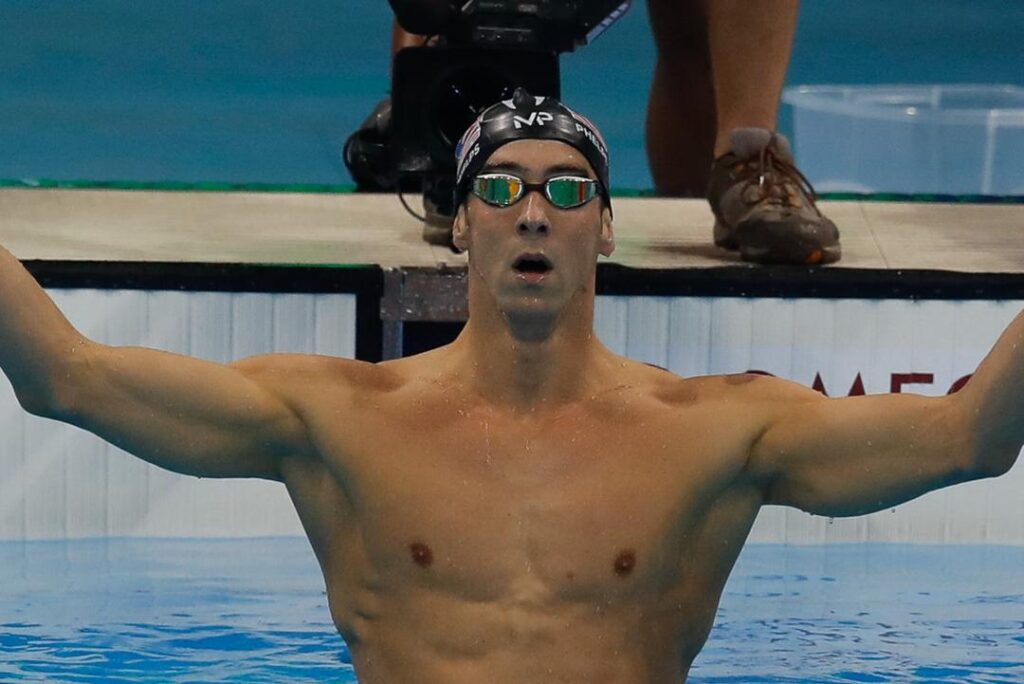
It’s genuinely difficult to grasp the sheer dominance of Michael Phelps; the numbers simply don’t feel real. With a jaw-dropping total of 28 Olympic medals, including an unparalleled 23 golds, his individual achievement is so massive that it transcends the typical athletic record. Imagine him as a country: if Phelps were a nation, his gold medal count alone would place him ahead of more than 150 nations in the all-time gold medal rankings! Swimming analysts and sports historians agree that his four-Games run of absolute dominance fundamentally redefined the ceiling of human performance in the pool. More than just a statistic, his legacy is a beacon for young swimmers everywhere, an inspiration that drives them to chase the seemingly impossible. His medal tally is so monumentally massive and historically unprecedented that it is widely considered an unbreakable record, an achievement that simply may never be surpassed by any single athlete.
7. A Gymnast’s Single-Games Record
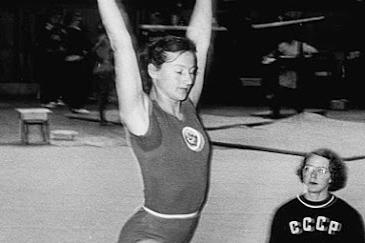
In the fiercely competitive world of gymnastics, where tiny margins separate champions, the 1952 Helsinki Games witnessed a truly breathtaking display of individual dominance by Soviet gymnast Maria Gorokhovskaya. Her performance set a record that still stands today: she won an incredible total of seven medals in that one single Olympic appearance, two golds and five silvers. This feat showcased not only her immense, versatile talent but also the powerful, calculated investment the USSR was making in the sport during the early years of the Cold War. Her success established a new international benchmark for excellence, essentially setting the precedent for the decades of dominance that Soviet and later Russian gymnasts would go on to command. Her single-Games haul remains a historical marker, powerfully reminding us how one singular, incredible performance by an athlete can single-handedly shape the competitive narrative of an entire Olympic event.
8. Hosts Often Add ‘Home Field’ Sports
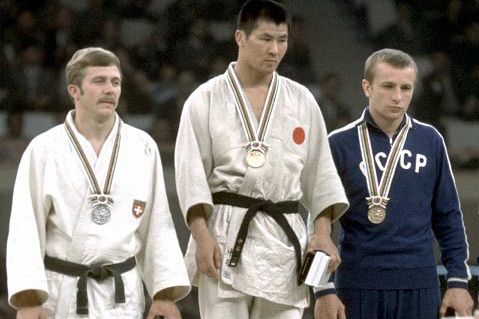
A fascinating tradition of the modern Games is the host nation’s subtle, or sometimes not-so-subtle, lobbying to add sports where their own athletes are historically strong. This isn’t just about cultural pride; it’s a brilliant strategy to maximize their medal count. Think of Japan introducing the martial art of judo in the 1964 Tokyo Games, or South Korea adding taekwondo in 1988. Most recently, the return of baseball and softball for the 2020 Tokyo Olympics was a direct nod to Japan’s national passion for those sports. Critics often suggest this practice slightly tilts the competitive playing field, but sports organizers argue that it’s a vital part of keeping the Olympic program dynamic and culturally relevant. This constant evolution, driven by the host nation’s identity, ensures that each edition of the Games feels utterly unique and helps global viewers connect with the host country’s heritage.
9. Opening Ceremonies Push Boundaries

The Olympic Opening Ceremony has evolved from a simple parade of nations into a massive, multi-million-dollar spectacle, where each host nation tries to outdo the last with a blend of cultural storytelling and technological wizardry. Who could forget the stunning precision of the 2,008 synchronized drummers that created a visual and auditory masterpiece in Beijing 2008? Or the wonderfully cheeky moment during London 2012 when a stunt double for Queen Elizabeth II appeared to skydive out of a helicopter alongside James Bond? Perhaps the boldest moment of all was at the Barcelona 1992 Games, when a Paralympic archer audaciously shot a flaming arrow across the stadium to ignite the cauldron, a stunt that was equal parts terrifying and exhilarating. Every host nation is determined to raise the artistic and technical bar, ensuring that the lighting of the cauldron becomes a globally unforgettable moment of drama and daring.
10. Animals as Mascots
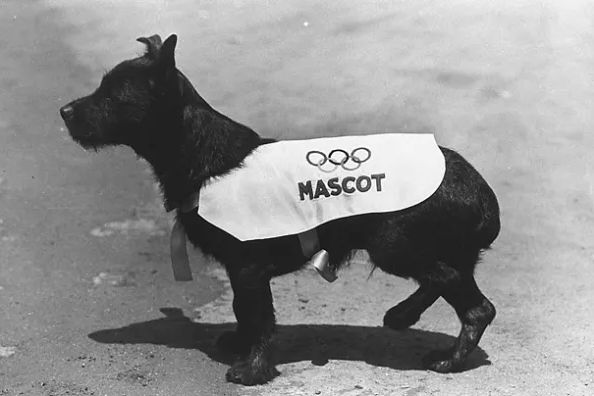
While today’s Olympic mascots are meticulously designed, highly commercialized characters meant to embody national pride and drive merchandise sales, think of them as cheerful, walking cultural symbols, the tradition started in a much more informal and heartwarming way. Cast your mind back to the 1932 Los Angeles Games, where a charming, scruffy dog named Smoky unofficially stole the show. Smoky wasn’t a designer character; he was just a stray dog who wandered onto the scene, quickly making friends with the athletes and spectators alike. His spontaneous presence injected a wonderful dose of genuine whimsy and warmth into the serious competition, reminding everyone that the Games have always had a place for lighthearted moments alongside the global politics and medal pressure. Though the modern mascots are powerful branding tools, the story of Smoky reminds us that sometimes, the simplest and most authentic gestures are the ones that truly capture the Olympic spirit.
11. The Captain Canada’s Olympic Endurance

Talk about longevity! The Olympic journey of Canadian equestrian Ian Millar is a profound testament to enduring commitment and the special kind of endurance found in certain sports. Nicknamed “Captain Canada,” Millar set an astonishing record by competing in 10 Olympic Games, a stretch that lasted six decades, from 1972 all the way through 2012. Equestrian is a rare discipline that allows for such incredible career length because it is not purely about the individual’s peak physical power; it’s a unique, evolving partnership between human and horse. This bond, coupled with years of accumulated skill and competitive experience, allows riders to maintain a world-class level well past the typical athletic retirement age. Few athletes in any sport can even come close to matching his sustained competitive excellence and resilience, cementing his status as a living, breathing legend of Olympic consistency.
12. The Most Lopsided Olympic Win Ever

Imagine a sporting score so absurd it sounds like a typo, and you’re close to the result of the 1900 Paris Games men’s rugby match between Great Britain and France. Great Britain delivered a stunning, unbelievable 158–0 demolition of their rivals. This remains, to this day, one of the most comically lopsided and genuinely strange results in the entire history of the Olympics. Rugby soon disappeared from the program after 1924, only to make a triumphant, faster, and much more tightly contested return in 2016 in the quickened rugby sevens format. While the modern version of the sport is intentionally designed to be closer and more exciting for television audiences, the sheer, staggering memory of that 158-point blowout lingers as one of the Games’ most outlandish and unforgettable anomalies, a bizarre result from a very different era of international competition.
13. Olympics Canceled by World War
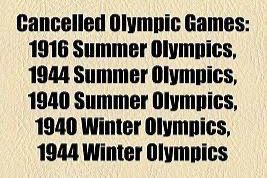
The sheer power of world events has unfortunately proven strong enough to halt even the sacred tradition of the Olympic Games, a stark reminder of history’s shadow. The Games were canceled three times in the 20th century: in 1916 due to World War I, and then again in 1940 and 1944 because of World War II. Major cities like Tokyo and London lost their hosting opportunities due to the devastating global conflicts. When London finally hosted in 1948, those Games were affectionately, and soberly, nicknamed the “Austerity Games,” held in a city still physically and emotionally rebuilding from the war. They were a stripped-down, essential version of the event, but they represented something far greater than sport: the world’s deep-seated determination to set aside conflict and continue gathering in a spirit of peace and friendly competition. These cancellations serve as a solemn historical footnote, underscoring the fragility of even the greatest global traditions in the face of conflict.
14. Odd Discontinued Sports
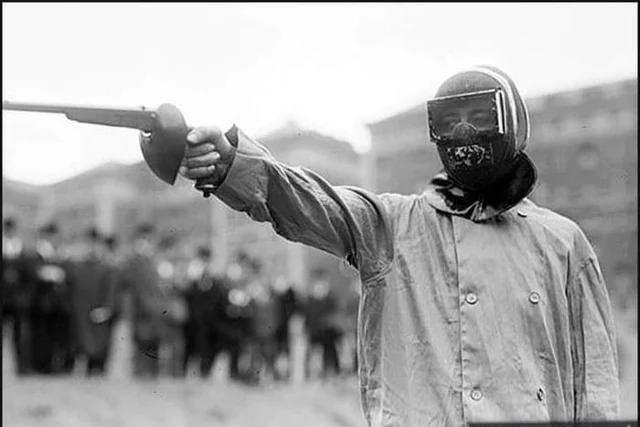
The early modern Olympics were essentially a competitive laboratory, a place where organizers weren’t afraid to test the boundaries of what constituted a sport, resulting in some truly bizarre and short-lived events. Think about the seriousness of rope climbing as a genuine competition, or the brief, bewildering appearance of croquet on the program. Even stranger was the short-lived debut of underwater swimming. But perhaps the most outlandish were the controversial and ethically questionable choices, such as pistol dueling with wax bullets in 1906, and the truly horrifying live pigeon shooting at the 1900 Games, which rightly appalled audiences and was quickly dropped. These odd, often impractical choices serve as a quirky but powerful reminder that the modern Olympics took quite some time to find its identity, demonstrating a willingness to experiment with virtually anything in its formative years.
15. The Torch Relay is Modern, Not Ancient
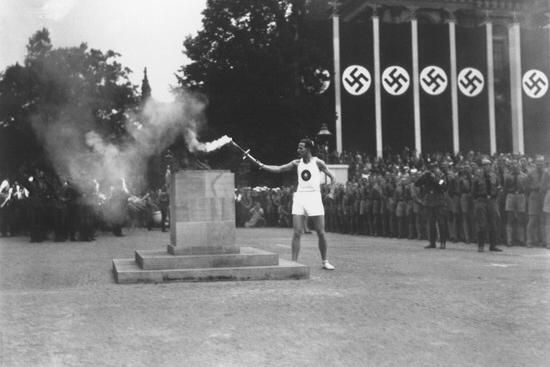
It’s a common misconception that the iconic Olympic torch relay, which sees the flame travel across the globe before igniting the main cauldron, is a ritual that dates back to the ancient Greek Games. The truth is much more modern and a little bit complicated: the relay was actually introduced for the 1936 Berlin Olympics. The organizers had a specific, political motivation: they wanted to create a highly visible and symbolic link between the modern spectacle and the supposed “purity” of ancient Greek heritage, thereby creating a powerful, unifying narrative. Despite this origin, the tradition was so visually potent and emotionally resonant that it immediately stuck. It has since evolved into the elaborate, months-long, and non-political global journey we recognize today, becoming one of the most beloved and instantly recognizable rituals of the modern Games, even though it’s essentially an 89-year-old invention.
16. Usain Bolt’s Lightning Legacy

Usain Bolt didn’t just compete in sprinting; he radically redefined the limits of what was humanly possible on the track, transforming the sport into a global spectacle. At the 2008 Beijing and 2012 London Games, he achieved the unprecedented feat of becoming the first man ever to secure the gold medal in both the 100m and 200m at consecutive Olympics. His record-setting 9.58-second 100m time, though set outside the Games, stands as a testament to his raw speed. Yet, his legacy is about so much more than just the clock; Bolt’s infectious charisma, signature lightning-bolt poses, and pure showmanship turned every single track final he entered into a globally televised, must-watch event. Very few athletes in history have ever managed to so perfectly merge once-in-a-generation talent with a truly captivating, larger-than-life personality on the world’s biggest stage.
17. Simone Biles’s Bravery in 2021

The 2020 Tokyo Games (held in 2021) witnessed an Olympic moment of a different kind of courage when superstar gymnast Simone Biles made the shocking, career-defining decision to withdraw from several events to prioritize her mental health. This single act, which involved confronting the intense pressure and the dangerous psychological phenomenon known as “the twisties,” sparked a worldwide discussion that instantly shifted the public conversation about athlete well-being. Her choice powerfully communicated that competitive resilience isn’t solely about pushing through physical pain; it’s fundamentally about knowing one’s personal limits and protecting one’s self. She later returned to the arena to win a bronze medal on the balance beam, a quiet but profound victory that symbolized a new kind of strength, one rooted in self-awareness. Her actions may well be remembered as a massive turning point for mental health advocacy within the incredibly demanding world of elite sports.
18. The Underdog Miracle on Ice
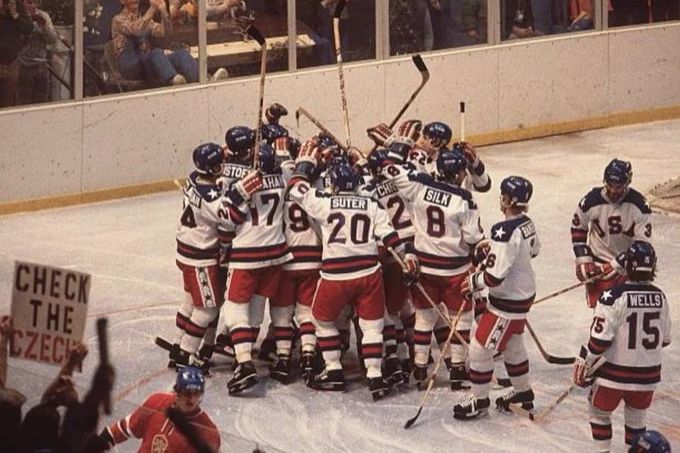
At the 1980 Winter Games in Lake Placid, one of the most powerful and enduring underdog narratives in sporting history unfolded. The U.S. men’s hockey team, a scrappy squad primarily composed of young college amateurs, went head-to-head with the virtually unbeatable, professionalized Soviet Union team. The Soviets had dominated international hockey for decades, and the match was widely expected to be a brutal blowout. However, in an electrifying, impossible-seeming upset, the young American squad triumphed. Instantly dubbed the “Miracle on Ice,” the victory transcended the sport itself, becoming a potent cultural and political touchstone during the height of the Cold War. It wasn’t just a hockey game; it symbolized the power of belief, resilience, and the possibility of achieving the impossible, cementing its place as one of the most iconic moments of unexpected Olympic triumph.
19. The Jamaican Bobsled Team Shocked the World

The story of the 1988 Calgary Winter Olympics is forever warmed by the presence of the Jamaican Bobsled Team. Their mere participation was an incredible act of courage, as they hailed from a tropical nation with zero native snow or ice. Though their Olympic run famously ended in a crash, their sheer, undeniable determination and infectious spirit immediately captured the hearts and imaginations of millions around the globe. Their incredible underdog journey quickly became the inspirational material for the beloved Disney film Cool Runnings. They embodied the purest essence of the Olympic spirit, proving that heart, humor, and a willingness to simply show up and compete are just as valuable and important as the medals themselves. Their story continues to resonate as one of the most uplifting and surprising displays of perseverance in the Games’ history.
20. The Push for Clean Competition
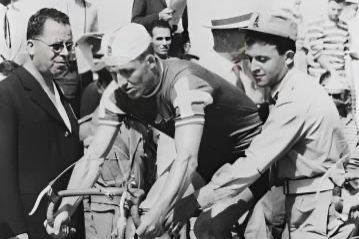
A dark, tragic event at the 1960 Rome Olympics became a pivotal moment in the ongoing, complicated battle against performance-enhancing drugs. The unfortunate death of Danish cyclist Knud Enemark Jensen during the team time trial, later reportedly linked to the use of stimulants, threw the dangers of doping into brutal, undeniable public focus. His collapse was a terrible wake-up call that forced the International Olympic Committee (IOC) to finally and seriously confront the issue. This tragedy spurred the immediate implementation of the first, albeit imperfect, formal anti-doping measures. It was the true beginning of what has become a long and difficult, yet absolutely necessary, fight to ensure the Games remain fair, safe, and clean for every athlete. Though the fight continues, his story stands as a turning point in the commitment to ethical competition.
21. The Refugee Team’s Powerful Debut
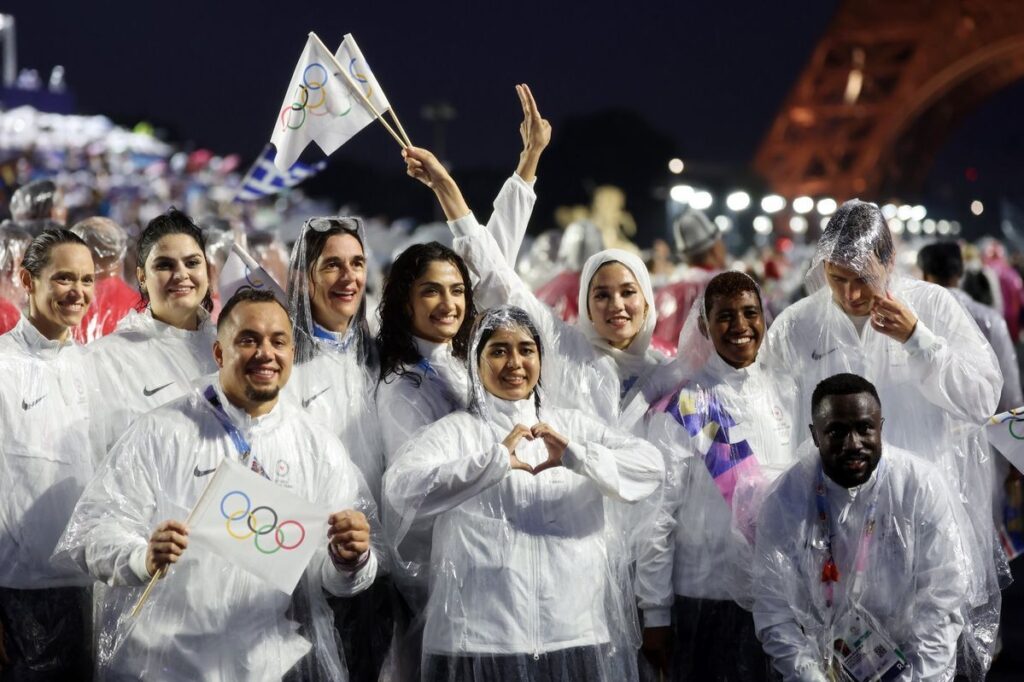
In an incredibly moving and historically significant move, the IOC introduced the Refugee Olympic Team at the 2016 Rio Games. This team was comprised of courageous athletes who had fled their home countries due to war, persecution, or crisis. They didn’t compete under a national flag, but under the neutral, unifying banner of the Olympic flag itself. Their participation immediately transcended the idea of a simple sporting event, serving as a powerful, global reminder that the Games are fundamentally about shared humanity and solidarity, not just national medal counts. The team became a profound symbol of incredible resilience, a message of hope, and a tangible example of how the universal language of sport can offer a much-needed sense of belonging and identity, even when their home nations cannot.
22. Abebe Bikila Wins Marathon Barefoot (1960)
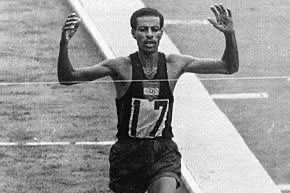
The image of Ethiopian runner Abebe Bikila crossing the finish line in the 1960 Rome Marathon is one of the most iconic in Olympic history, largely because he was completely barefoot. Running under the dark of night and past the ancient Roman architecture, he not only won the gold medal but shattered the world record in the process, stunning audiences who had never witnessed such a raw display of natural ability and phenomenal strength. His incredible, shoeless victory symbolized an inherent, almost primal human resilience. Four years later in Tokyo, he defended his title, this time wearing shoes, becoming the first person ever to win the Olympic marathon twice. His surprising first triumph remains one of the most physically impressive and emotionally resonant victories in the history of the Games, a true legend of the track.
23. The First Televised Olympics Changed Everything
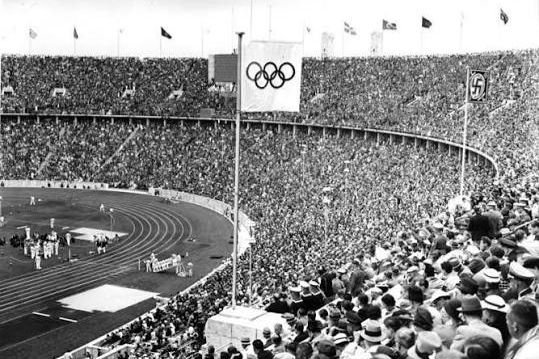
While the 1936 Berlin Games hold the technical record as the first to be broadcast live, it was only to very small, localized viewing rooms. The real, global transformation began in 1960 at the Rome Olympics, which were televised internationally for the first time. This single media move was monumental, instantly changing the Games from a contained local festival into a truly worldwide cultural event. Suddenly, millions of people could watch these incredible athletes compete in real-time, transforming skilled Olympians into globally recognized celebrities and heroes overnight. The advent of television fundamentally altered how fans experienced and interacted with the event, successfully laying the essential foundation for the massive, multi-billion-dollar media and commercial spectacle that the Olympics have grown into today.
24. An Olympic Flame Once Went Out Mid-Games
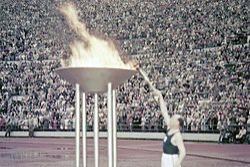
You’d think the most sacred and highly protected symbol of the Olympics, the eternal flame, would be immune to everyday chaos, but even it isn’t perfect! At the 1976 Montreal Games, a sudden, dramatic downpour of rain unfortunately managed to extinguish the Olympic flame right in the middle of the competition. The ensuing scramble was a moment of awkward human error: officials managed to relight it with a backup torch, but not before a well-meaning but utterly mistaken individual tried to use a common, ordinary cigarette lighter to reignite the ceremonial flame! This embarrassing mishap served as a slightly humorous but necessary lesson: even profound, sacred legends require very sensible contingencies. Today, extreme precautions are taken, and multiple official backup flames are kept in secure locations, ensuring that the Olympic symbol will never be allowed to accidentally go dark again, proving that even moments of unexpected human chaos can lead to stronger traditions.
This story 24 Wild and Surprising Olympic Facts You Probably Didn’t Know was first published on Daily FETCH


